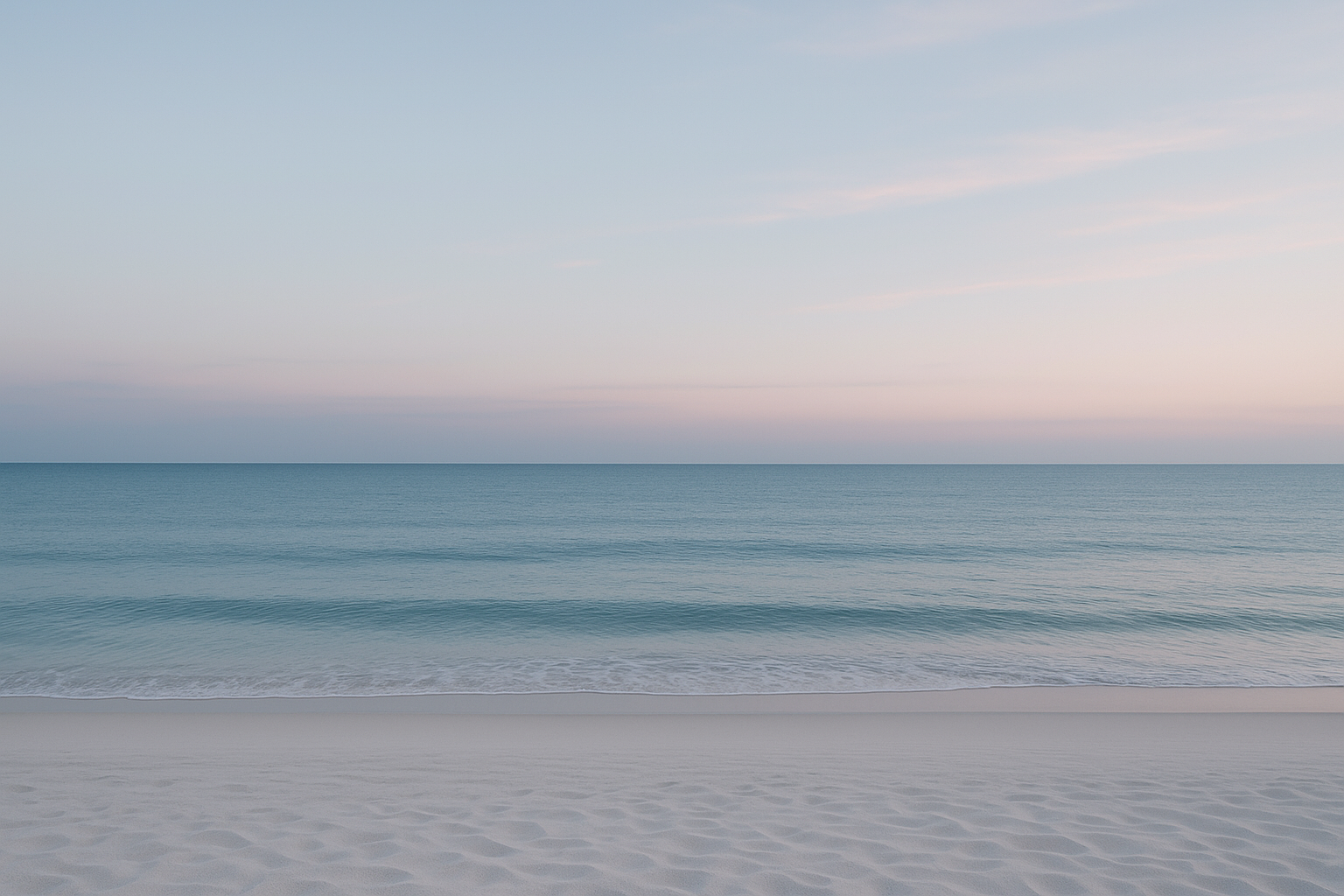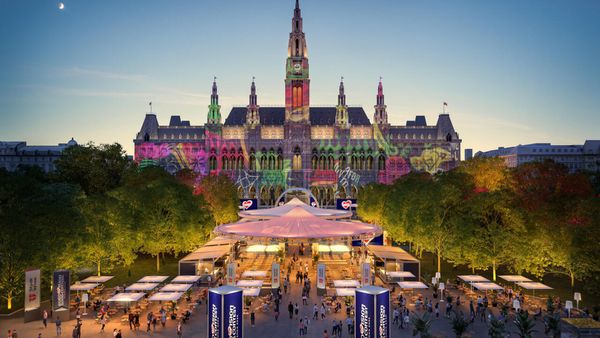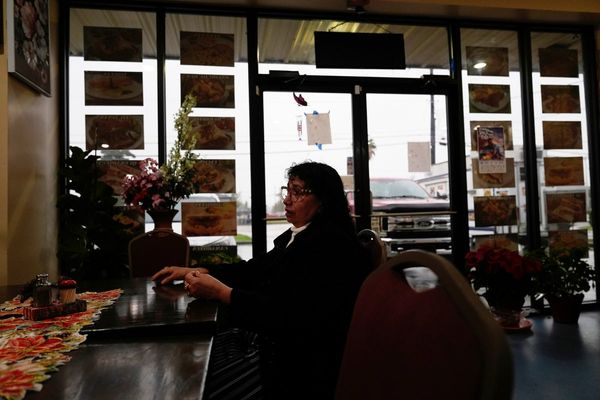
The UAE's property market is undergoing a strategic shift. Instead of high-density towers and speculative urban expansion, recent residential developments are centred around wellness, sustainability, and coastal living. This new generation of communities is defined by low-rise villas, green infrastructure, and master-planned layouts that align with evolving resident and investor priorities.
For buyers considering off-plan investments or a primary residence outside the urban core, emerging zones across Abu Dhabi—and nearby regions—offer a growing number of well-structured, community-first developments.
Coastal Investment Corridors: From Saadiyat to Ghantoot
Saadiyat Island remains one of Abu Dhabi’s most resilient luxury markets. The area’s positioning as a cultural and residential hub—home to the Louvre Abu Dhabi and a cluster of international schools—continues to support demand for beachfront villas and gated communities. Notable residential projects include Saadiyat Lagoons and Jawaher Saadiyat, both offering large plot sizes, landscaped zones, and a low-density planning approach.
Further up the coast, Ghantoot is gaining visibility for its strategic location between Dubai and Abu Dhabi. Within this zone, Naseem Aljurf—a subcommunity of the larger AlJurf Gardens master plan—offers coastal villas and townhouses surrounded by landscaped trails and natural open space. The broader AlJurf area is being developed with health resorts, farm-style gardens, and community wellness facilities, positioning it as a hybrid destination for long-term living and leisure-focused retreats.
Nature-Integrated and Eco-Conscious Projects
Inland, Al Jubail Island—located between Saadiyat and Yas—provides another example of Abu Dhabi’s shift toward eco-conscious, low-rise development. With a protected mangrove environment, the island includes mid-to-large-scale villas designed around nature reserves and waterways. Its infrastructure includes a school, marina, and retail village, appealing to residents looking for both seclusion and access.
Masdar City continues to lead on sustainability and smart urbanism, with housing projects such as The Gate Residences and Leonardo Residences built around walkability, renewable energy integration, and car-free zones. These units attract both residents and mid-range investors focused on long-term rental demand from the academic and innovation sectors.
Zayed City and the Central Growth Axis
Abu Dhabi’s Zayed City—intended as a future government and commercial centre—is steadily attracting residential investment. The community is part of the emirate’s 2030 vision and benefits from strategic infrastructure investment, including road, rail, and public service hubs.
Among the active residential developments is Fay Al Reeman II by Aldar, which offers townhouses and villas primarily to Emirati buyers. Meanwhile, large-scale, mixed-use infrastructure is expected to support future off-plan launches that will cater to a wider demographic, including expats and long-term investors.
Nearby, The Sustainable City – Yas Island brings together solar energy, vertical farming, and public parks in a car-light, wellness-first residential model. Though part of Yas Island, its planning approach and price point closely align with the off-plan appeal of Zayed City and surrounding districts.
Market Trends and Considerations
Across these developments, several patterns are emerging:
- Buyers favour communities with open space, access to schools, and wellness infrastructure—especially in post-pandemic planning.
- Coastal zones such as Ghantoot and Saadiyat Island attract end-users, while Zayed City and Masdar City cater to mid-range investment with longer-term growth expectations.
- Off-plan villa projects tend to outperform in low-density layouts, particularly when linked to public-private master plans and near essential infrastructure (airports, free zones, schools).
Final Take
The UAE’s real estate strategy is increasingly defined by planned, livable, and environmentally responsive communities. Projects like Naseem Aljurf, Al Jubail Island, and The Sustainable City – Yas Island are part of a broader urban policy direction that prioritizes design quality, space, and infrastructure access.
Masdar City continues to prove that eco-conscious residential zones can support consistent rental demand and long-term investor appeal. Meanwhile, new districts like Zayed City show how off-plan planning, transport links, and institutional investment can collectively shape future residential hubs.
Investors and end-users evaluating the next phase of growth in the UAE will find value in these emerging lifestyle corridors, where land use planning, sustainability, and long-term demand intersect—particularly in coastal and wellness-led zones outside the traditional metro centres.







